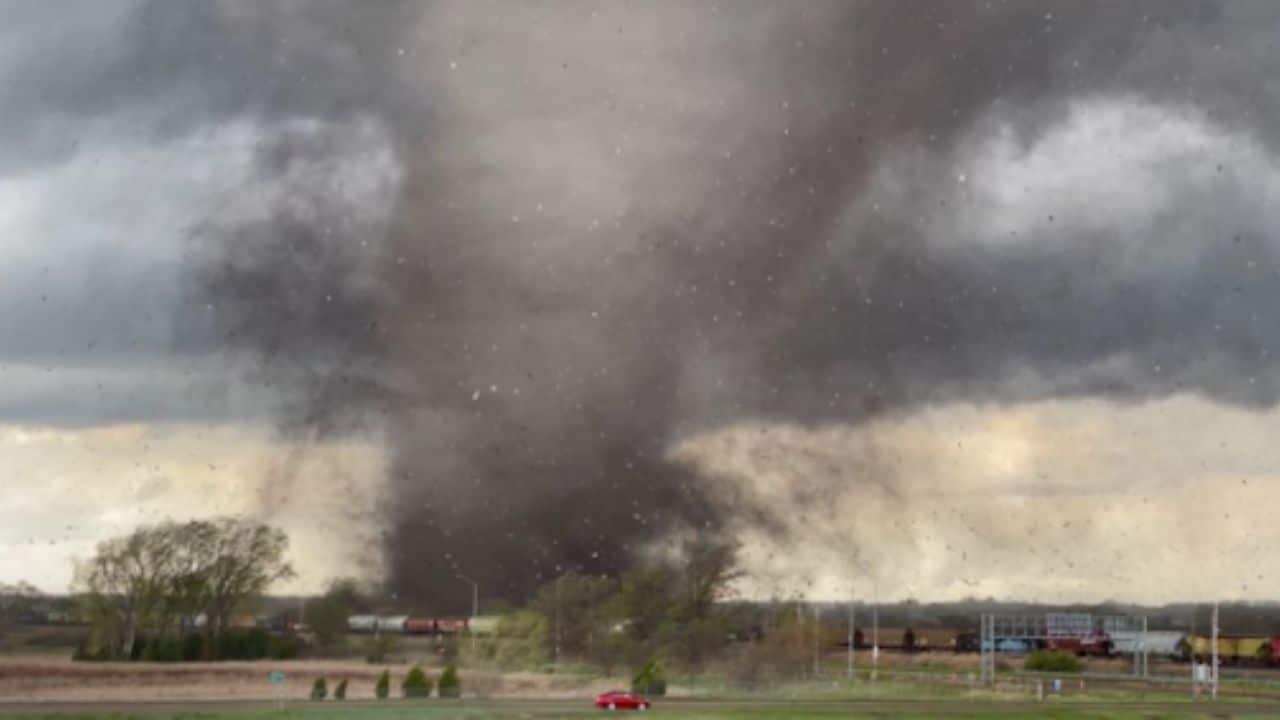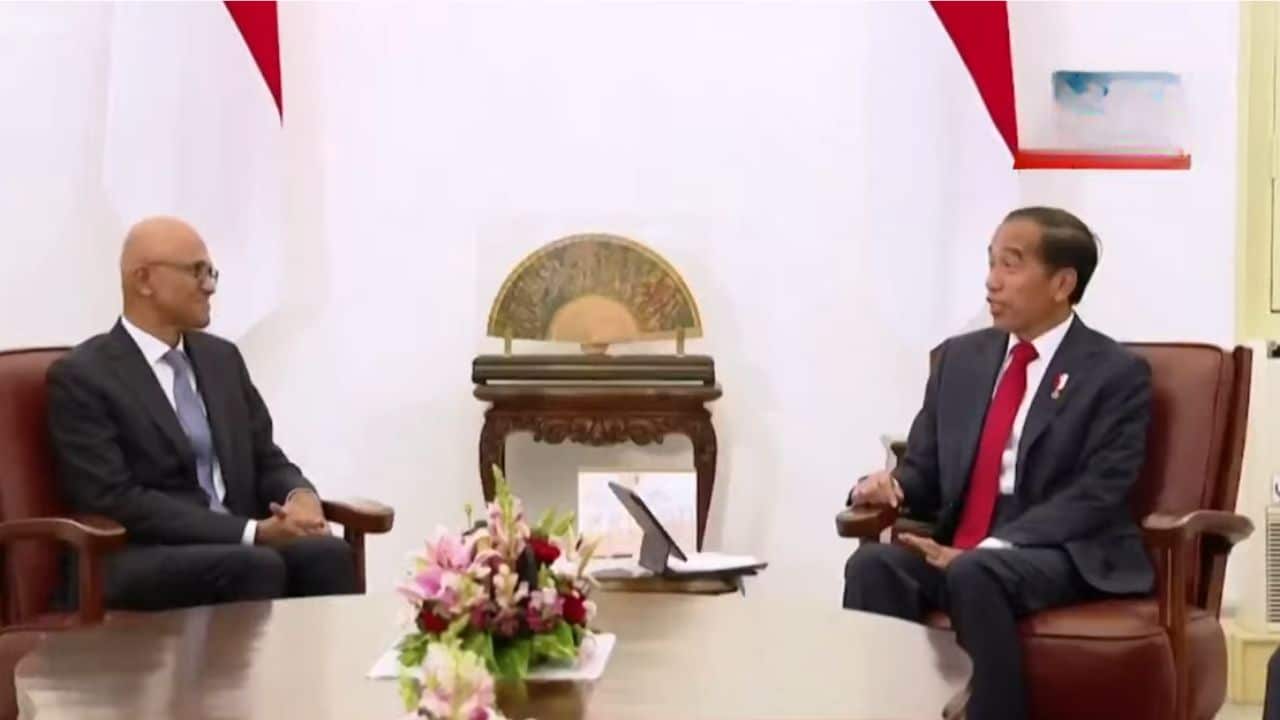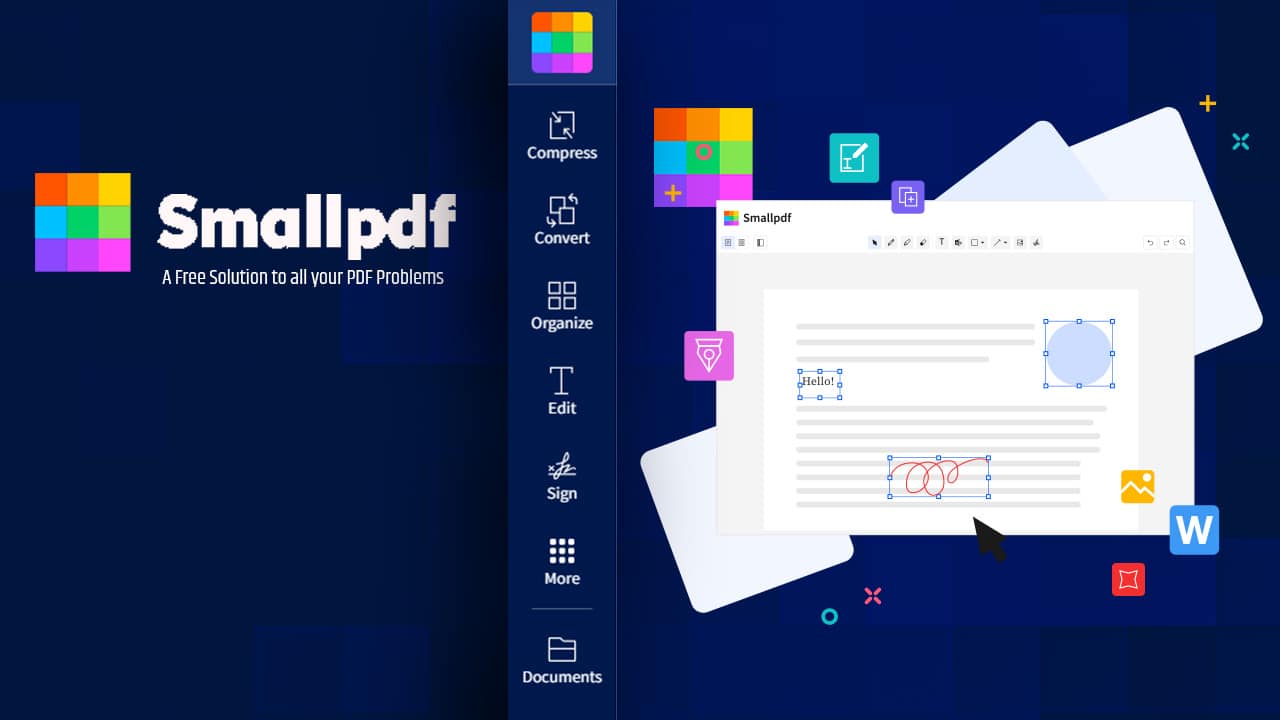Extreme drought is currently ravaging Mexico, resulting in a significant loss of crops, a scarcity of water, and a rise in food prices. In a desperate attempt to alleviate these conditions, the government has turned to a controversial solution: cloud seeding.
This July, Mexico launched the newest stage of a cloud seeding initiative, aiming to artificially stimulate rainfall. The project targets 62 municipalities in the north and northeast of the country. According to a statement from the Ministry of Agriculture, the goal is to “combat the effects of drought and contribute to the recharge of aquifers.”
Cloud seeding, a technology discovered in the 1940s, has been deployed in nearly 50 countries, including the United States and China. Mexico itself has been dabbling in weather modification for over seven decades.
Despite the widespread usage of this technology, some scientists are skeptical about cloud seeding’s effectiveness and caution that it isn’t a cure-all for drought.
Roelef Bruintjes, a weather modification scientist at the National Center for Atmospheric Research in the U.S., shared his concerns with CNN. He explained that cloud seeding’s history is controversial since it’s challenging to scientifically prove the exact impact it has on weather patterns.
In sum, while Mexico’s government hopes that cloud seeding may offer a solution to the crippling drought, experts warn that the benefits of this approach might be limited, and its success is far from guaranteed. Only time will reveal the true effectiveness of this ambitious project.
Mexico is looking to the skies for relief as the country struggles with an intense drought that has affected over 40% of its land. The technique they’re using is known as cloud seeding, and it might just bring the much-needed rain to parched regions.
But how does cloud seeding actually work? It’s not about creating or chasing away clouds, as some might think. Instead, it’s about making the most of the clouds that are already there.
Roelef Bruintjes, a weather modification scientist, explains, “The whole idea is not ‘creating clouds’ – because we cannot make a cloud, we cannot chase away a cloud. But it’s trying to get a larger percentage of the water that is processed in the cloud down to the surface.”
The process involves planes or drones injecting particles like silver iodide into clouds. These particles attract water droplets, forming around them, and increasing the chance of rainfall or snowfall. In Mexico’s case, they’re using planes to spray silver iodide particles into clouds, hoping to stimulate more rain.
The government’s hope is that this extra rainfall can help farmers cope with the sweeping drought that has ravaged large parts of the country. As of mid-July, the national weather service reported that more than 40% of Mexico was in moderate to extreme drought conditions.
Compounding the issue, Mexico has also been suffering through a severe heat wave that has claimed at least 249 lives over the past four months. The situation is dire, and the cloud seeding project is a strategic effort to bring some relief.
While the success of this technique is still debated, Mexico’s government is committed to exploring this avenue in the face of a relentless drought. Only time will tell if the clouds will yield the life-giving rain that the country so desperately needs.
As the climate crisis accelerates, extreme weather, including heat waves and droughts, is expected to become more common and intense. Mexico, currently gripped by these very challenges, has been using cloud seeding technology since December 2020, aiming to artificially increase rainfall.
According to the Mexican government, the project seems to be working. In 2021, they reported a 40% increase in rain created by cloud seeding flights. This figure was calculated by comparing meteorological forecasts with actual rainfall measured by rain gauges.
“Our projects have all been successful,” proclaimed a spokesman for Startup Renaissance, a rain stimulation company involved in the government project.
Despite this success claim, many scientists remain unconvinced.
Fernando García García and Guillermo Montero Martínez of the National Autonomous University of Mexico, among others, have pointed out the lack of “hard evidence” that cloud seeding truly increases precipitation. Roelef Bruintjes, a weather modification scientist, echoes this sentiment, questioning whether the rain is a result of cloud seeding or natural processes.
Furthermore, Bruintjes notes that cloud seeding is “not a drought-busting tool.” In the absence of clouds, common during a drought, seeding becomes impossible. “And that’s the one thing we cannot do. We cannot make a cloud,” he said.
Startup Renaissance responded to these criticisms, stating that doubts are rooted in outdated technology, and that their technology is more effective. They highlight a unique technique of spraying silver iodide instead of the typical application with flares.
Bruintjes himself sees some promise in cloud seeding. He cites evidence of successful U.S. projects to enhance snowpack over mountains in states like Wyoming and Idaho. Yet, he emphasizes the need for more research and data.
Other experts argue for broader strategies, considering less expensive and high-tech ways to protect water resources. García and Martínez believe that cloud seeding “should be considered only as one element” in a more comprehensive approach to dealing with drought and water scarcity.
Mexico’s Ministry of Agriculture and Rural Development has not commented on the matter.
The debate over cloud seeding’s effectiveness and applicability continues. While Mexico champions its success, many in the scientific community call for caution and broader strategies. This complex situation reflects the challenges faced worldwide as we grapple with the unpredictable and severe weather patterns brought about by the ongoing climate crisis.











































